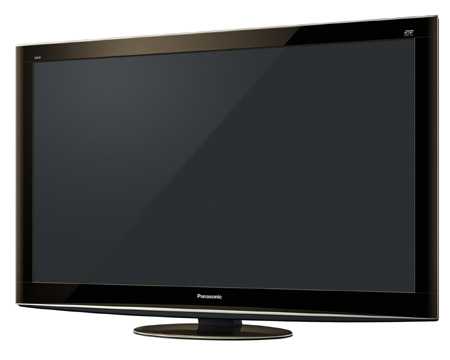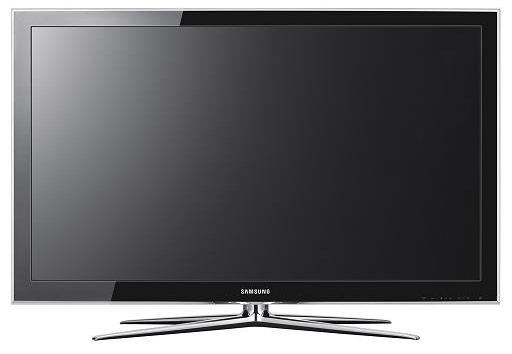Plasma TV? LCD? 3D TV? 1080p? IPTV? How can anyone be expected to make any sense of the alphabet soup that permeates the HDTV market today? HDTV technologies have advanced almost as quickly as the prices have dropped, putting a vast number of choices within reach of most consumers. While you could just pop into your local electronics mega chain or warehouse super store and throw a flat panel TV in your shopping cart next to a 10-pound block of cheese, you might not get the best advice from the the average employee in these facilities. And this might leave you with buyer's remorse as you set up your fancy new HDTV only to find that it's lacking in performance or advanced features that you really wanted.
The fact is that there is a lot of misinformation floating around about HDTV these days (no, plasma TVs don't leak gas, and LCD TVs are not full of liquid that will spill out all over the floor if the screen cracks). In fact, you can get exceptionally high quality moving images as well as outstanding longevity from all of the major flat panel TV technologies: plasma, LCD and LED. But what do all those specs, numbers and features really mean? And are the more expensive models really worth the higher prices? Big Picture Big Sound is here to help with our new HDTV Buyers Guides, updated with all of the current and announced models for 2010.
Joining our previously published Buyers Guides for LED TV, 3D TV and Blu-ray Disc players, last week we added comprehensive buyer's guides for both plasma TV and LCD TV.

In our Plasma TV Buyers Guide, you'll get a rough primer on the technology that makes the magic as well as a comprehensive listing of the current and upcoming plasma TV models from LG, Samsung and Panasonic. These three vendors continue to support both LCD and plasma technology, acknowledging that each has its strength for specific applications. Plasma TVs tend to be well-suited for movie-lovers and sports fans who appreciate deep blacks, excellent color saturation and outstanding motion detail.
While you won't find a plasma TV under 42 inches, the larger screen plasma TVs offer excellent performance in a living room or home theater environment and usually at a price far lower than top of the line LED and LCD TVs. If you're planning to put your TV outdoors or in a very bright viewing location, and window treatments are simply not an option, then you might consider an LED or LCD TV instead. But for those who have a hankering for a huge screen full HD picture, and a reasonably dark viewing environment, plasma technology offers a wealth of choices from the entry-level all the way up to the top of the line. Both Samsung and Panasonic have announced or released plasma models in 2010 that will support the latest and greatest 3D technologies such as Blu-ray 3D at full 1080p resolution to each eye. And all three manufacturers are offering robust IPTV and content streaming options in their higher end models.

On the flip side, our LCD TV Buyers Guide hones in on the traditional CCFL-backlit LCD TVs from companies such as LG, Samsung, Sony, Toshiba, Panasonic, JVC and Sharp. Sure LCD TVs may not be as skinny as their LED TV cousins, and they may not have the black levels of a great plasma, but LCD technology has come a long way lately, and it's possible to bring home a fully-featured flat panel LCD TV today for a fraction of what it would have cost just a few years ago. Also, advanced IPTV features are available in many models, which means you can watch movies, listen to music and view photos on the big screen that may be stored on your local network, or on the internet without having to connect a PC to your TV.
There are a vast number of choices available to the HDTV buying public and we want to help you determine what features and performance options are most important to you as you narrow down your short list for a big beautiful new flat panel HDTV. We hope the above Buyers Guides will help to educate you on the choices available, and the advantages and disadvantages unique to each technology.
Our Complete List of 2010 Buyers Guides:
Related Articles: